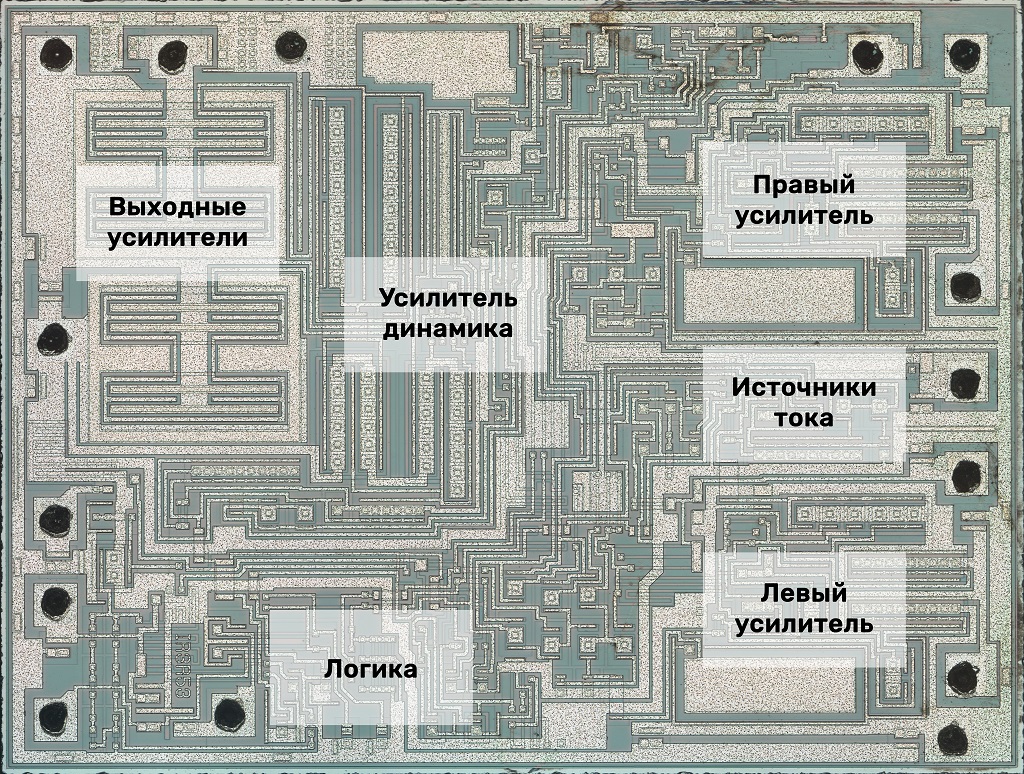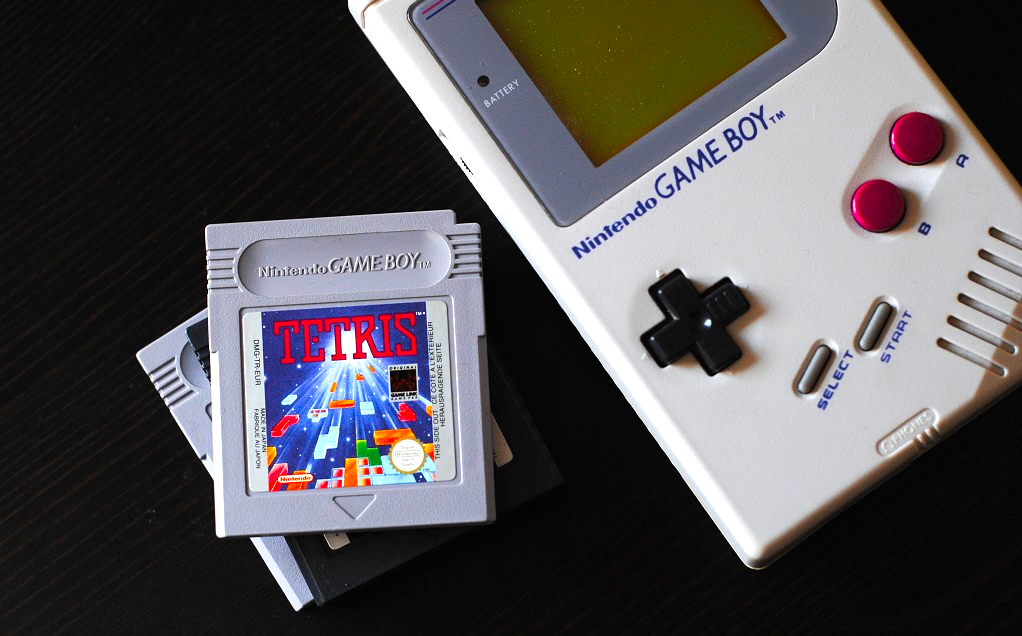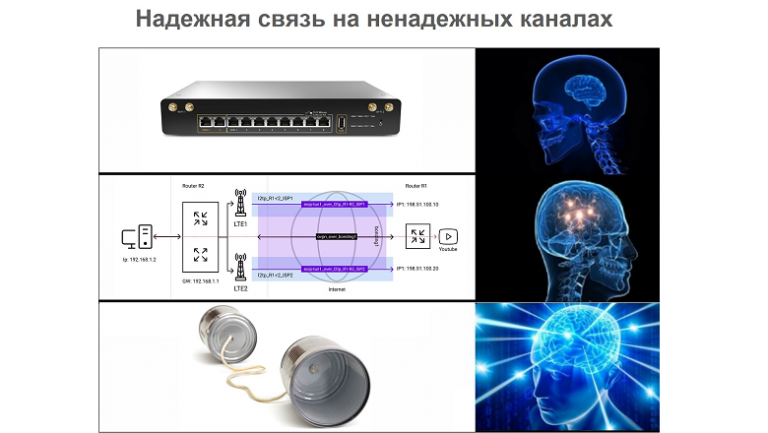Reverse engineering the sound amplifier of a popular portable console – discussing the main findings
Earlier we talked about Sound Blaster 1.0 and the card for the IBM PC – Innovation SSI-2001.

Photo Elias castillo / Unsplash
Game Boy Color was released in 1998, and the console quickly became popular. For her, several hundred games of different genres were released. There were horror – for example, Alone in the dark.
The immersion in the atmosphere of games allowed the support of stereo headphones and a built-in mono speaker. A microchip with three amplifiers was responsible for their work. Programmer and fan of old-school technology Ken Shirriff spent reverse development of the chip and made its circuit. For this, the engineer used crystal photo, on which several unusual technical solutions are noticeable.
Chip structure
In general, the integrated circuit of the device can be divided into five components. Right in the middle is the amplifier for the speaker, and to the left of it are large output transistors. They increase the power of the frequency oscillations to the operating values of the dynamic head. The amplifier also contains a differential pair, current mirrors and other service IP.

Headphones amplifiers are located in the upper right and lower corners. Their output stages consist of ten transistors connected in parallel. Systems share current sources and current mirrors – these components are installed between amplifiers. At the bottom of the chip is the control logic. She switches the system between amplifiers for the speaker and headphones.
Transistor Features
On his Twitter Ken Shiriff notedthat the Game Boy audio amplifier contains approximately one hundred NPN and PNP transistors. They consist of three semiconductor layers with an alternating type of conductivity: emitter, base and collector and are controlled by current. The use of these transistors is not typical for digital circuitry, where common MOSFETs (metal-oxide-semiconductor) – unlike bipolar transistors, they are controlled by voltage.
One of the residents of Hacker News in the thematic thread toldthat if a Game Boy sound amplifier were developed in our time, then its basis would be precisely the CMOS structure.
The Nintendo retrochip based on NPN and PNP transistors also built several circuits that might seem unusual for digital circuitry. But they are quite commonplace for analog ICs. One of them is current mirrors, which play the role of current stabilizers. For example, in the diagram can find current mirror consisting of six PNP transistors.
The largest transistors in the circuit are NPN transistors. They are located in the upper left corner of the IP and play the role of output stages for the speaker.
Resistors and Capacitors
The resistors in the diagram are long zigzag stripesmade from p-type semiconductor (silicon). This approach allowed engineers to save space on the chip.
Also on the chip are three large capacitors – one for each amplifier. They look like a “sandwich” of metal, silicon and an insulating oxide film and play the role of stabilizers for amplifiers.
Other Game Boy Enthusiast Projects
French engineer reverse engineered last year SoC for Game Boy. He made the diagrams APU, PPU, as well as I / O systems, and published them on github. In total, he spent 191 hours searching for all the compounds and drawing up the drawings.

Photo Hello I’m Nik / Unsplash
Enthusiasts not only conduct reverse engineering of old-school game consoles, but also develop their emulators. On github can be found Mooneye GB on Rust. The emulator supports both the original Nintendo console and later versions of the console – for example, Game Boy Player, released at the beginning of the 2000s.
Another project in the same series – Cinoop. It – open multi-platform emulator (works on Windows, DS, GameCube, 3DS, Linux, PSP and PS4), written in C language. You can see an example of work on YouTube – author playing tetris.
Additional reading in the “Hi-Fi World”:
![]() “Rhythm games worth knowing”: which projects put on sound and made it part of the genre
“Rhythm games worth knowing”: which projects put on sound and made it part of the genre![]() Video Game Music Makers: Some Distinguished Names
Video Game Music Makers: Some Distinguished Names![]() Where to get audio for game development? Libraries with the sounds of nature
Where to get audio for game development? Libraries with the sounds of nature![]() What are the features and tasks of the soundtrack of games
What are the features and tasks of the soundtrack of games
We have on Habré: strange audio gadgets, sounds that we lack, and how to escape from the crisis.





